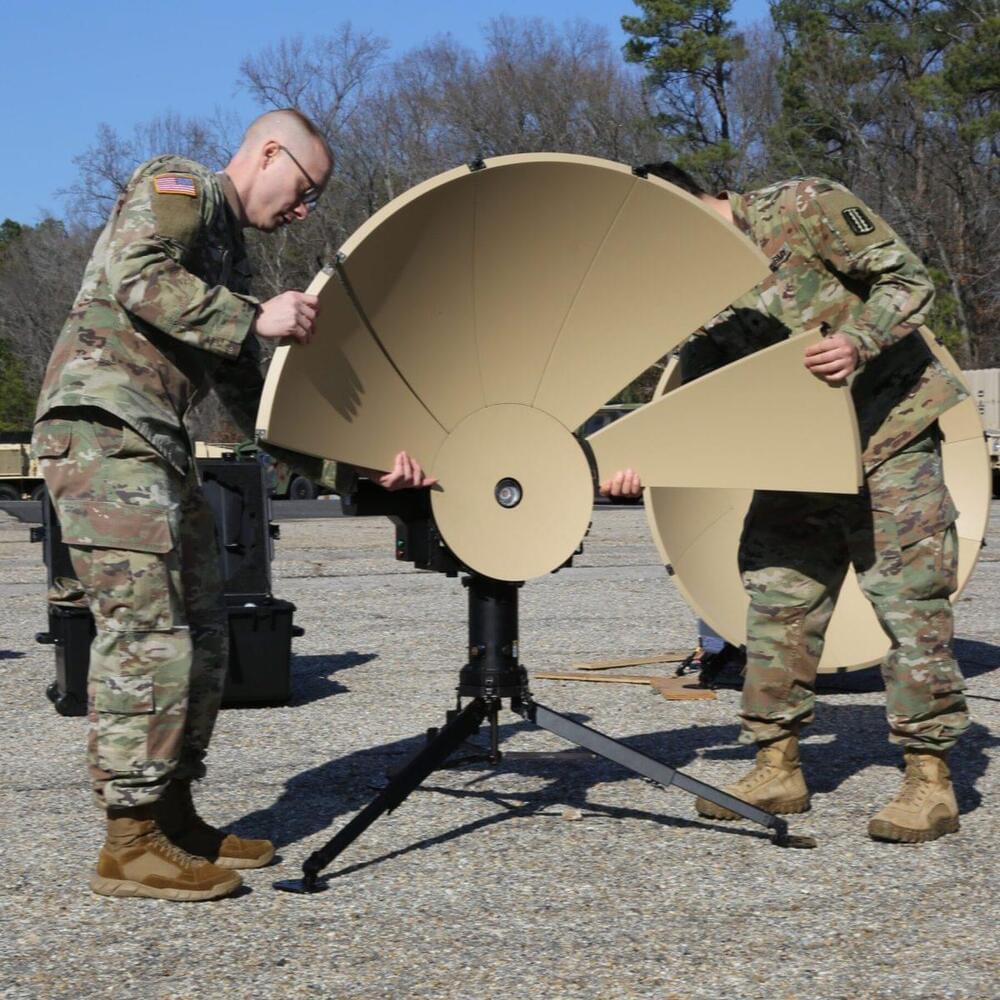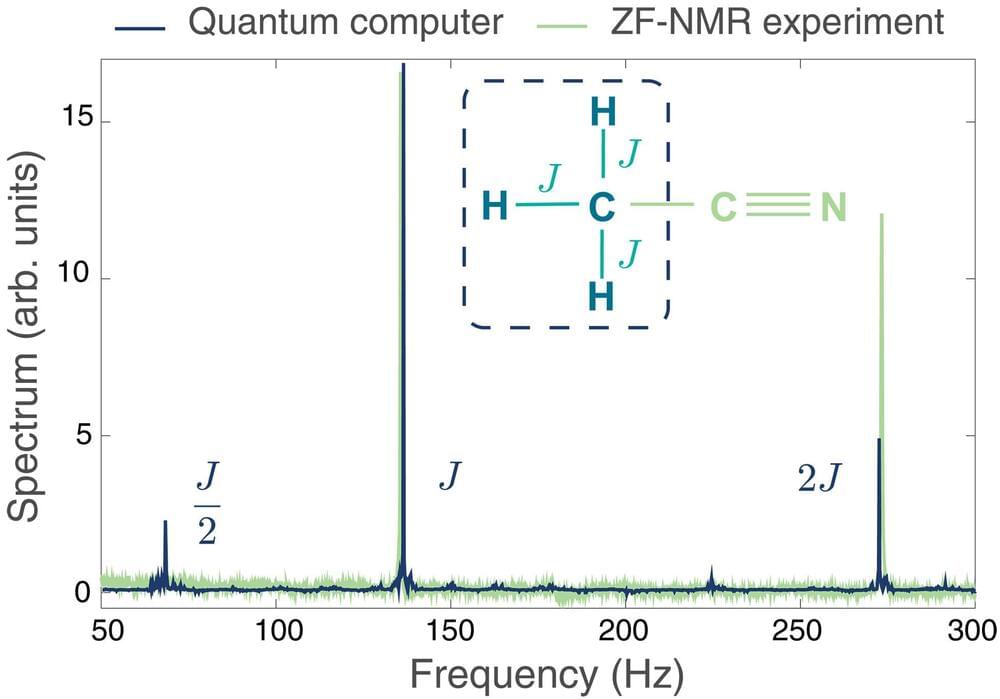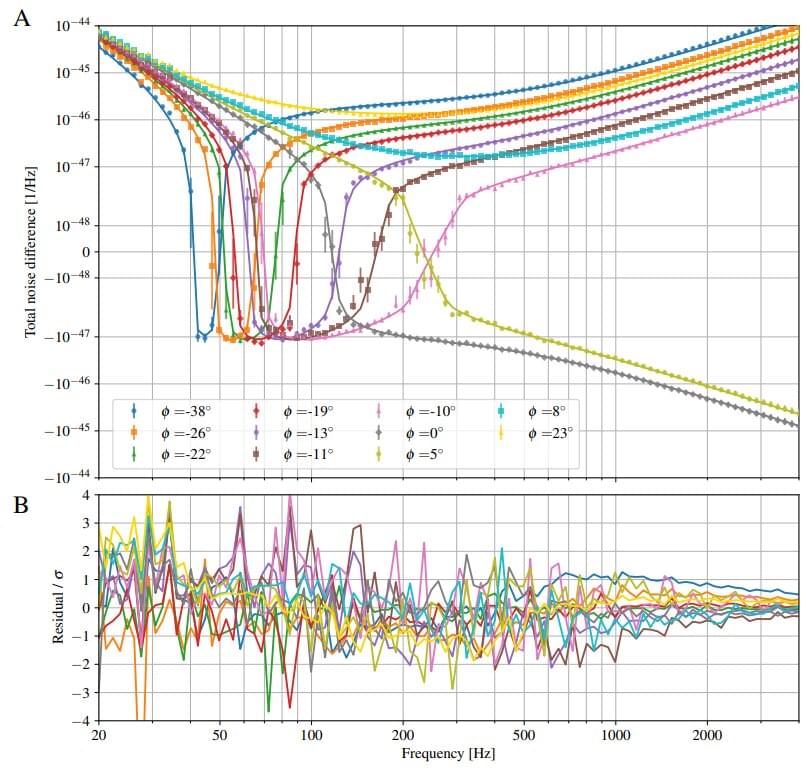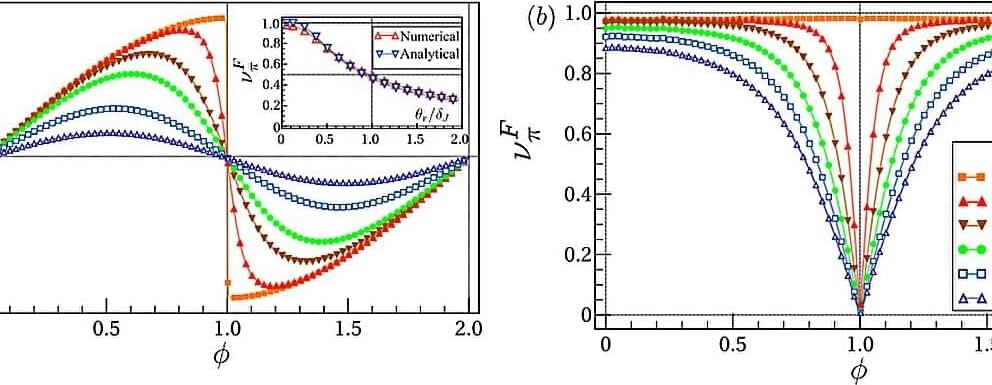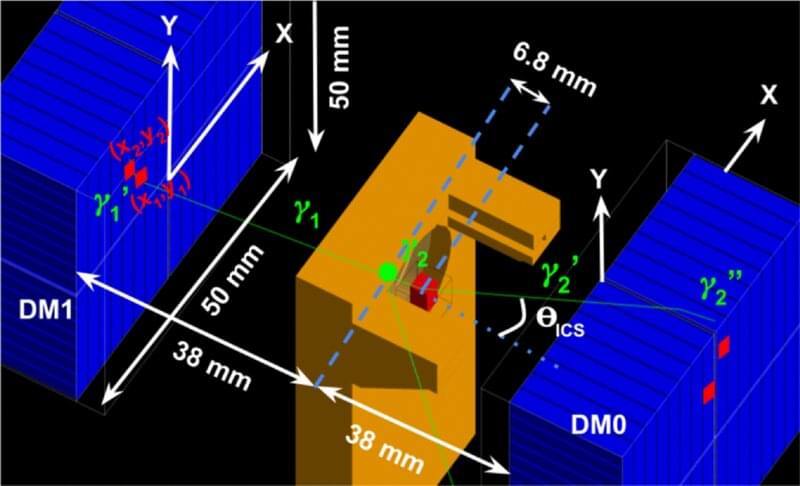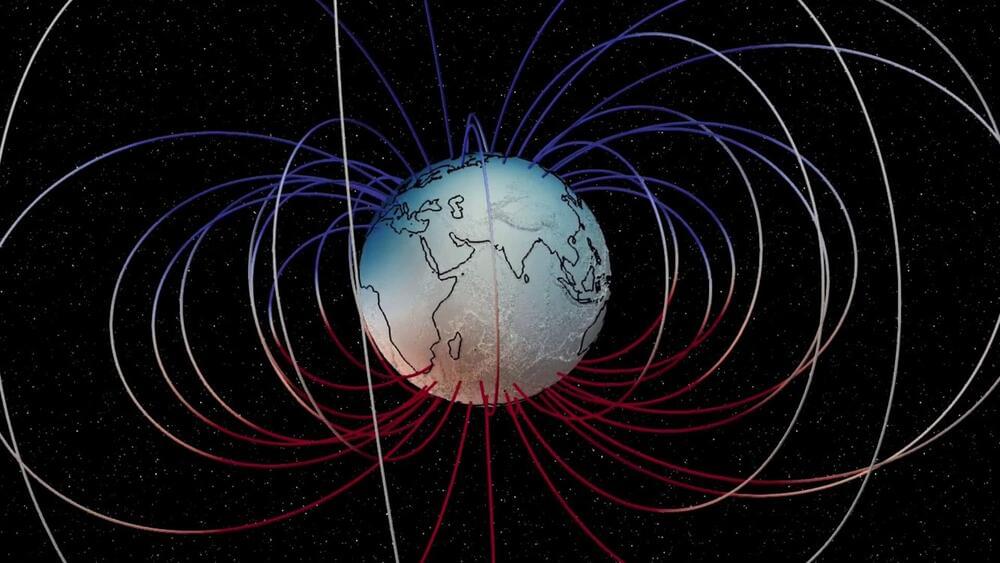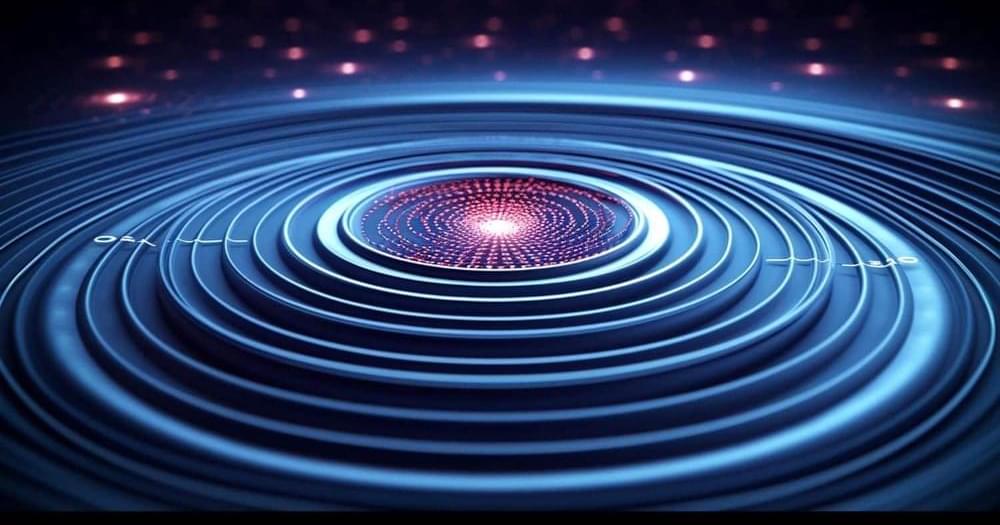Intelsat executive says pilot program shows benefits of outsourcing satcom, but defense procurement may be slow to shift.
France and Germany are joining the coalition at a time of heightened tension in space, with both China and Russia demonstrating their ability to disrupt or destroy satellites. Operation Olympic Defender aims to deter such actions through collective defense, shared intelligence, and the promotion of international norms for responsible space activity.
Germany’s official entry into Operation Olympic Defender was marked by a formal ceremony in Berlin, where Whiting joined Lt. Gen. Gunter Schneider, director-general for military strategy and operations at the German Ministry of Defence, and representatives from Australia, Canada, New Zealand and the United Kingdom.
“Space is truly a team sport. The addition of Germany to our roster of growing like-minded partners contributes to our collective ability to address the growing threats in the domain,” said Whiting.
Programmable quantum computers have the potential to efficiently simulate increasingly complex molecular structures, electronic structures, chemical reactions, and quantum mechanical states in chemistry that classical computers cannot. As the molecule’s size and complexity increase, so do the computational resources required to model it.
To achieve remarkable performances, quantum computing systems based on multiple qubits must attain high-fidelity entanglement between their underlying qubits. Past studies have shown that solid-state quantum platforms—quantum computing systems based on solid materials—are highly prone to errors, which can adversely impact the coherence between qubits and their overall performance.
A team of researchers at the Laser Interferometer Gravitational-Wave Observatory (LIGO), in the U.S., has developed what they describe as a squeezed light system to improve detection sensitivity.
A new study has uncovered important behavior in the flow of electric current through quantum superconductors, potentially advancing the development of future technologies like quantum computing.
New research in quantum entanglement could vastly improve disease detection, such as for cancer and Alzheimer’s disease.
Researchers have made a groundbreaking discovery that human olfactory perception can detect changes in odors within just a single breath, challenging the previously held view that our sense of smell is slow.
By utilizing a sniff-triggered device precise to 18 milliseconds, they demonstrated that people can discern between two different odors in sequences as short as 60 milliseconds—faster than a blink.
Understanding Olfaction: Speed and Sensitivity.
Approximately 41 000 years ago, Earth’s magnetic field briefly reversed during what is known as the Laschamp event. During this time, Earth’s magnetic field weakened significantly—dropping to a minimum of 5% of its current strength—which allowed more cosmic rays to reach Earth’s atmosphere.
Scientists at the Technical University of Denmark and the German Research Centre for Geosciences used data from ESA’s Swarm mission, along with other sources, to create a sounded visualisation of the Laschamp event. They mapped the movement of Earth’s magnetic field lines during the event and created a stereo sound version which is what you can hear in the video.
The soundscape was made using recordings of natural noises like wood creaking and rocks falling, blending them into familiar and strange, almost alien-like, sounds. The process of transforming the sounds with data is similar to composing music from a score.
